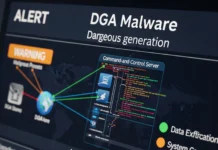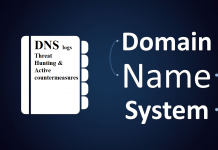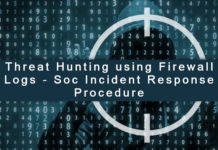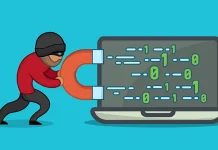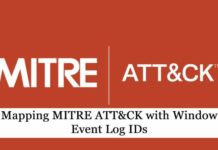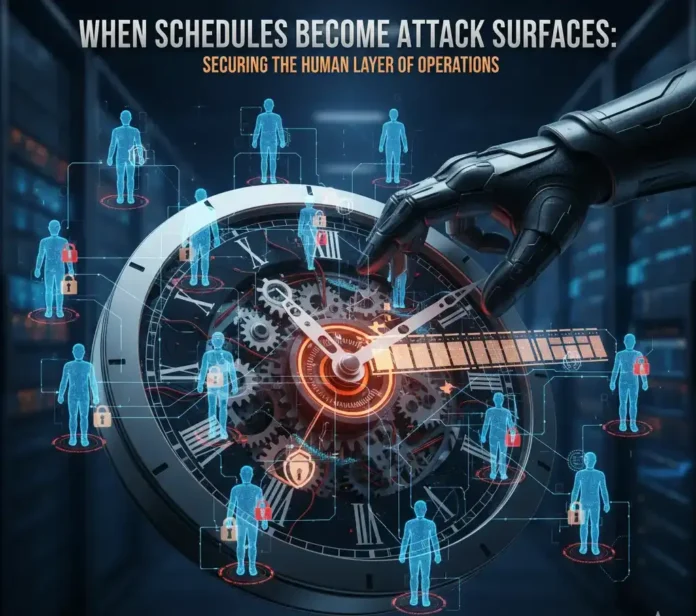Security teams spend most of their energy defending networks, apps, and endpoints, yet the most fluid part of any organization—people and the way they work—often sits outside the threat model. If you still coordinate frontline shifts in spreadsheets, approve PTO by email, or reconcile hours in a back-office tool no one audits, you’re nurturing a quiet attack surface. All the ingredients attackers love are there: isolated data, inconsistent permissions, unverified changes, and no immutable trail to investigate when something goes wrong.
Treat workforce coordination like any other critical system. A modern, instrumented layer for scheduling, time capture, and task orchestration doesn’t just make operations run; it hardens them. Below is a practitioner’s view of what changes when you move from ad-hoc tools to a policy-driven, observable layer for the human side of your SOC, NOC, service desk, or field operations.
Role design, least privilege, and the end of “spreadsheet admins”
Every spreadsheet has a single point of failure: whoever holds the file owns the system. That person can alter shifts, grant themselves overtime, or wipe history with a keystroke. When you switch to a system that encodes rules and enforces permissions, you replace personality with policy. Think of role-based shift orchestration the way you think of access control lists: schedulers, approvers, and workers each see and change only what their role permits.
A platform that supports policy-driven rosters with immutable history dramatically reduces insider risk. If the overnight tier-one SOC suddenly shows up with half the staff re-assigned, you can look at who requested it, who approved it, and when. Systems built for that purpose—such as role-aware scheduling with rules and audit trails—close the door on casual manipulation that spreadsheets simply cannot prevent. See how role-based shift scheduling can be implemented in practice with tools like smart scheduling and roster rules.
Telemetry is protection: time data as a security signal
Security lives on telemetry. We don’t trust a login; we trust the log. Human operations deserve the same discipline. When time is captured by memory and spreadsheets, you lose the ability to correlate “who worked” with “what happened.” The moment time becomes a first-class signal—captured automatically, aligned to policies, and tamper-resistant—you regain forensic power.
With real-time time capture attached to shifts, you can answer questions that routinely surface during incident response: who was on duty when the SIEM alert spiked; who swapped shifts five minutes before a privileged action; who clocked out from an unexpected IP. If you need that level of clarity, explore instrumented timekeeping that turns hours into evidence, such as real-time time capture aligned to roster events.
Tasks are tickets by another name—treat them accordingly
In most breaches, the post-mortem reveals that tasks were scattered across email, chats, and sticky notes. You can’t enforce SLAs or prove closure when the “queue” is a conversation thread. Unifying operational tasks—whether it’s patch cycles, access reviews, or physical lock checks—under a single, permissioned view gives security leaders the certainty they need. Tasks inherit the role model, the audit trail, the time context, and the escalation rules.
When a vulnerability advisory hits, you can assign remediations to specific crews, tie them to time-bounded windows, and verify completion. During investigations, you can reassemble the sequence of actions with timestamps that match your SIEM. Centralizing operational work this way also limits the blast radius of social engineering; an attacker can’t trick someone into an unsanctioned change if changes only exist inside the task system. A practical way to codify that discipline is with policy-bound task orchestration, as illustrated in solutions for coordinating remediation and operational work.
Evidence, not emails: compliance that stands up in audits
Security is ultimately accountable to proof. Regulators and customers don’t accept “we think the night crew handled it.” They ask for reports: who worked, where, when, and on what; who approved exceptions; which controls would have prevented a conflict. That evidence should be one export away—not a week-long reconstruction.
An operations layer that treats reporting as an integral feature, not an afterthought, can surface the exact trail auditors seek. You can demonstrate segregation of duties in scheduling, attest to overtime authorization, and show location constraints were enforced. And because the data is structured, the same reports become real-time dashboards for your own governance: drift in adherence, spikes in handover gaps, or policy exceptions that creep in under load. If you’re preparing for an ISO/SOC2 renewal or a customer’s vendor review, take a look at systems that deliver exportable audit reports with immutable history, like the capabilities in analytics and reporting for operational controls.
Where you work matters as much as what you do
A final blind spot in many orgs is location. When people can start or finish work from any network, you inherit risks you can’t see. Tying shifts, clock-ins, and task execution to location-aware rules shrinks that uncertainty. If a sensitive handover must occur from an on-prem network or a known site, make the system enforce it. If field teams are allowed within a defined geofence, a location signal turns policy into practice and gives you context when something odd occurs.
This is not about surveillance; it’s about binding operational actions to approved contexts so security can reason about them. If your incident declares “access terminated at 02:14,” you also want to know where that revocation happened and whether it fit the policy. You can implement that kind of guardrail with work-location aware controls that pair schedules and tasks to permitted places, as shown in location-aware operations and geofencing.
Bringing it together: the human control plane
When you look at all of the above through a security lens, you’re really building a human control plane—the operational complement to your identity provider and your SIEM. Identity answers “who”; your security stack answers “what”; the human control plane answers “when, where, and under what policy.” Together they close a class of incidents that live in the seams between technology and people: unauthorized shift swaps, back-channel overtime, forgotten handovers, or tasks that disappear into a chat thread until a breach drags them back into view.
Adopting that mindset doesn’t mean throwing a new tool at every problem. It means insisting that the operational substrate you already need—scheduling, time capture, tasking, and reporting—meets the same bar you set for production systems: role-based access, policy enforcement, immutable logs, and APIs that let you blend these signals with the rest of your security telemetry. When your SIEM shows a critical change at 03:07, your operations layer should tell you, in one click, who was legitimately on the roster, where they were allowed to act, what task authorized it, and who approved the exception if one existed.
Organizations that get this right notice something else: the day-to-day runs smoother. Handover gaps shrink. On-call fatigue is visible and fixable. Exceptions stop living in side channels. And when the inevitable incident does happen, the human story is no longer guesswork—it’s evidence.
If you’re ready to bring the same rigor to the human layer that you already apply to networks and code, start with the foundation: encode your rules, capture trustworthy signals, and make the trail impossible to erase. The attackers will still come. They’ll just find a lot less room to hide between your people and your policies.





